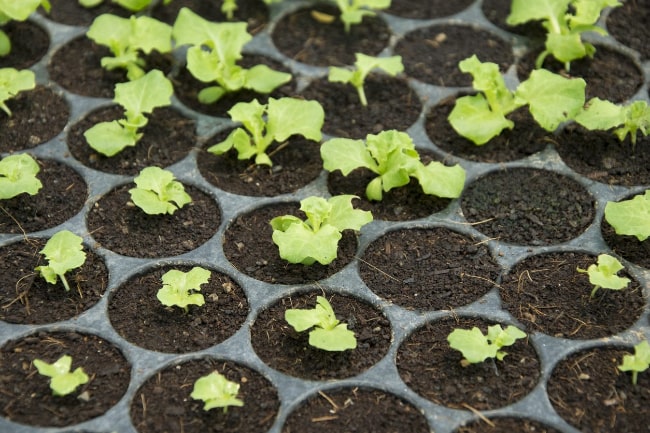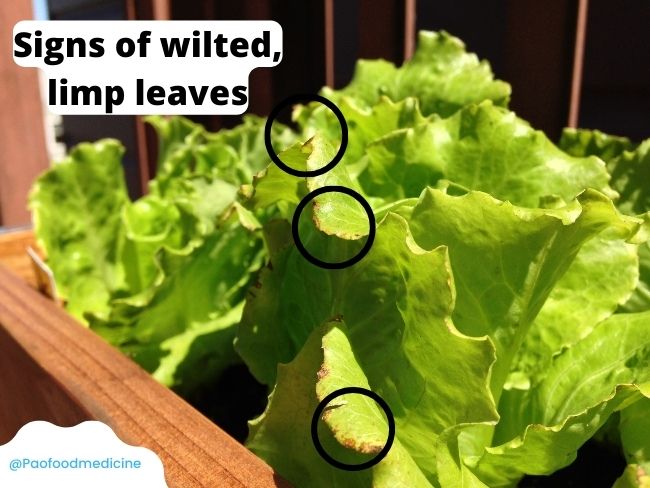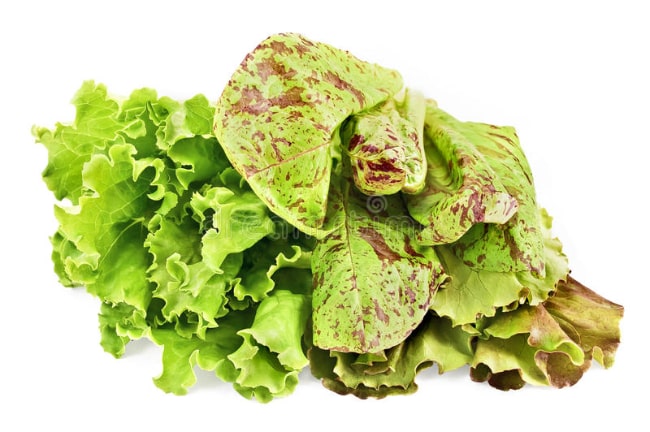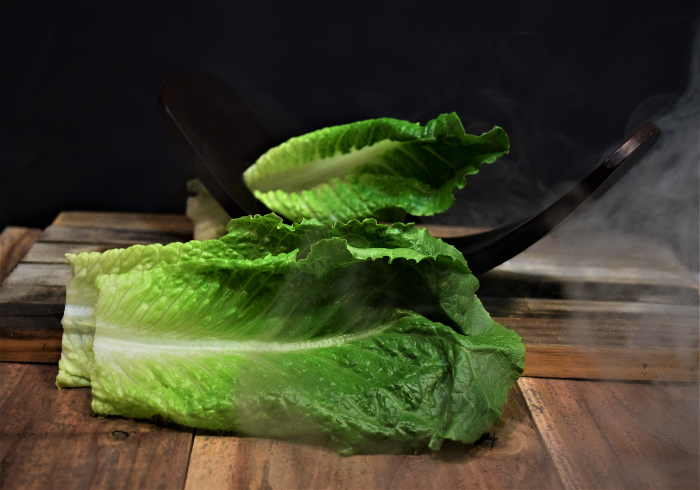Picking fresh romaine lettuces at your local market in Singapore has never been easier, especially given how few things you’d need to take note of when choosing.
In fact, it’s easier to pick fresh romaine lettuce than to pick fresh and ripe avocados – mainly because of the many observations taken into consideration when picking the best avocado.
As the weather warms up globally, heavy main dishes such as soups and stews have been replaced by light toasts and sandwiches in favor of their light, summer flavors. That is why you’d need to pick fresh romaine lettuce.
But what are the signs to take note of when picking fresh romaine lettuce at your local market?
To answer that fully, we have to uncover how romaine lettuces are grown and harvested.
In this article, we will be covering:
- What is Romaine Lettuce?
- The Stages of Romaine Lettuce Growth
- Signs to Look Out for When Picking the Freshest Romaine Lettuce
- In Conclusion
What is Romaine Lettuce?
Romaine lettuce remains one of the most versatile types of lettuce; having the ability to hold up well to heat for grilling, and also being sturdy and crisp enough to be used as a great base for most sandwiches and toasts recipes. How incredible is that!
In short, romaine lettuce is a type of head lettuce that is deep green with long, narrow leaves. Unlike iceberg lettuces, romaine lettuces have generally mild flavor and crisp texture, which is also why it’s commonly used as bases for sandwiches and wraps.
The Stages of Romaine Lettuce Growth
There’s no way we could mention how to pick the fresh romaine lettuces without bringing up every stage of romaine lettuce growth to you, especially since only matured romaine lettuces can be harvested!
So the stages are as follows:
- Planting
- Germination
- Growth
- Harvesting
Stage 1: Planting

At this point, the seeds are in the soil at around approximately 1/4″ deep, with temperatures reaching at least 18 degrees celsius.
Spacing between each plant depends on how big the owner wants the head to be! Watering of plants daily is usually sufficient for this vegetable unless weather conditions are bitter – hot and dry!
Stage 2: Germination

The good thing about growing this vegetable is that it germinates quickly, sprouting in 7 to 14 days if given the right conditions – with soil temperature around 21 degrees celsius and ideal soil dampness.
Romaine lettuce will germinate 50 to 90 percent within two weeks. Wait it out!
Stage 3: Growth
Once romaine lettuce seeds have passed the stage of germination, the seedlings will start shooting and growing. However, due to their shallow root system development, the seedlings grow relatively slowly during the first 1 to 2 months.
Depending on how large the owner wants them to grow, romaine lettuces should be thinned to at least 2-4″ apart.
Why does my romaine lettuce not have uniform leaves length?
This is expected especially if the romaine lettuce was left to bolt, which results in the vegetable having fewer large leaves and more small leaves!
Stage 4: Harvesting

How to pick romaine lettuce?
Once the romaine lettuces have reached about 4″ high and have developed about 4 to 5 leaves 5 to 7 days after bolting, the outer leaves can be harvested.
How is the harvesting process done?
Harvesting romaine lettuce is considerably easy as the entire vegetable is edible. You can harvest by cutting or tearing leaves at their base. Individual leaves are cut close to the ground with a sharp knife.
Signs to Look Out for When Picking the Freshest Romaine Lettuce
Now that we have discussed the growing stages of romaine lettuce, we should jump back to answering this question: How do I choose the best romaine lettuce during my next grocery shopping?
You should definitely look out for romaine lettuces with dark green outer leaves that are closely bunched, and crisp looking.
Common Issues to Avoid
No matter how perfect these romaine lettuces look at the grocery store, there are still warning signs to look out for when you are picking them.
If you notice the following signs:
- Browning on the white ribs of lettuce
- Wilted, limp leaves
- Dark brown and spotty ends
- Discoloration
You may avoid picking these romaine lettuces in favor of fresher and cleaner ones!
But what does each sign tell me about the vegetable?
Browning on the white ribs of lettuce – It usually means the romaine lettuce has aged and is of poor quality.

Wilted, limp leaves – Romaine lettuces with these indicators are warning signs to avoid picking them! They are usually a sign of poor refrigeration.

Dark brown and spotty ends – If the tip of the vegetable is brown and spotty, it usually means it’s over-matured and has aged. This happens because maybe during the transportation process, the lettuce leaves got torn, and the damaged cells mixed with the enzymes and thus formed the brown reaction.
Discoloration – Discoloration of romaine lettuce or any other ingredients just means they have been stored for a long extended period of time, or simply aged.
In Conclusion
Romaine lettuce, being a variety of lettuce, is considered by many a robust and versatile ingredients option. The reason actually goes beyond just being a hardy variety with strong characteristics!
There is no doubt that romaine lettuces are also rich in vitamins K and A, along with other antioxidants and crucial minerals. However, these crucial vitamins and minerals can only be fully yielded if the vegetable is fresh – through the proper selection method!
With this guide to help you pick your next best romaine lettuce, the selection process has just been made easier!

